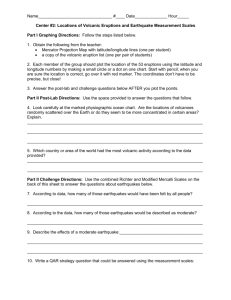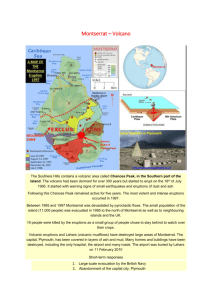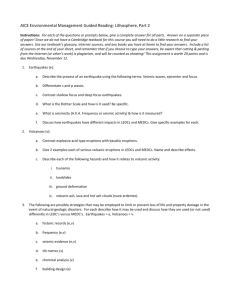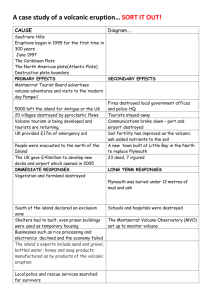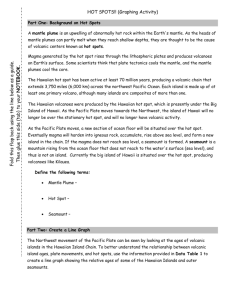File
advertisement
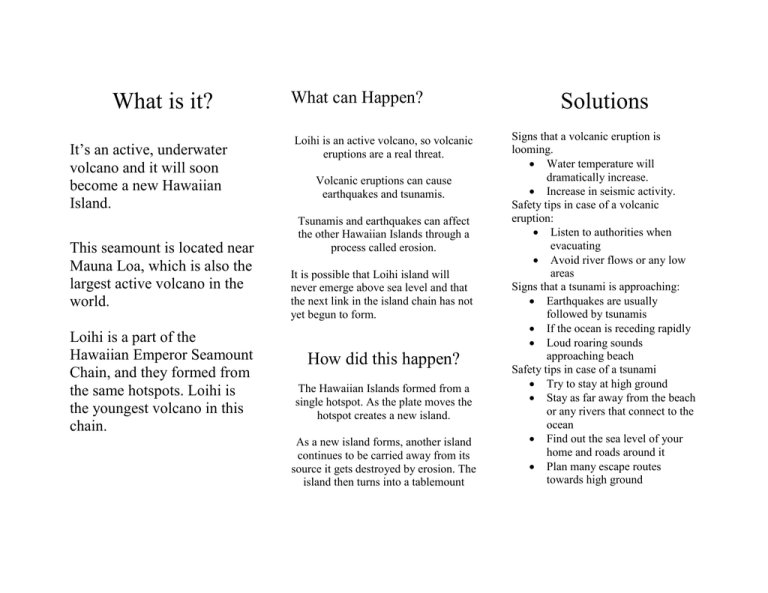
What is it? It’s an active, underwater volcano and it will soon become a new Hawaiian Island. This seamount is located near Mauna Loa, which is also the largest active volcano in the world. Loihi is a part of the Hawaiian Emperor Seamount Chain, and they formed from the same hotspots. Loihi is the youngest volcano in this chain. What can Happen? Loihi is an active volcano, so volcanic eruptions are a real threat. Volcanic eruptions can cause earthquakes and tsunamis. Tsunamis and earthquakes can affect the other Hawaiian Islands through a process called erosion. It is possible that Loihi island will never emerge above sea level and that the next link in the island chain has not yet begun to form. How did this happen? The Hawaiian Islands formed from a single hotspot. As the plate moves the hotspot creates a new island. As a new island forms, another island continues to be carried away from its source it gets destroyed by erosion. The island then turns into a tablemount Solutions Signs that a volcanic eruption is looming. Water temperature will dramatically increase. Increase in seismic activity. Safety tips in case of a volcanic eruption: Listen to authorities when evacuating Avoid river flows or any low areas Signs that a tsunami is approaching: Earthquakes are usually followed by tsunamis If the ocean is receding rapidly Loud roaring sounds approaching beach Safety tips in case of a tsunami Try to stay at high ground Stay as far away from the beach or any rivers that connect to the ocean Find out the sea level of your home and roads around it Plan many escape routes towards high ground Fun Facts Loihi is 10,000 ft above the ocean floor to within 3,100 ft of the water surface. Loihi: Birth of a New Paradise or the Destruction of another? Hawaiian Volcanoes grow about 0.1 foot per year. Loihi’s summit area has fresh-appearing, coherent pillow-lave flows and talus blocks. 4,200 earthquakes, 95 of the earthquakes had magnitudes of 4.0 or larger, and three of the were felt on shore by residents of Hawaii Kau District. For more information call: 1-800- HOT- SPOT





